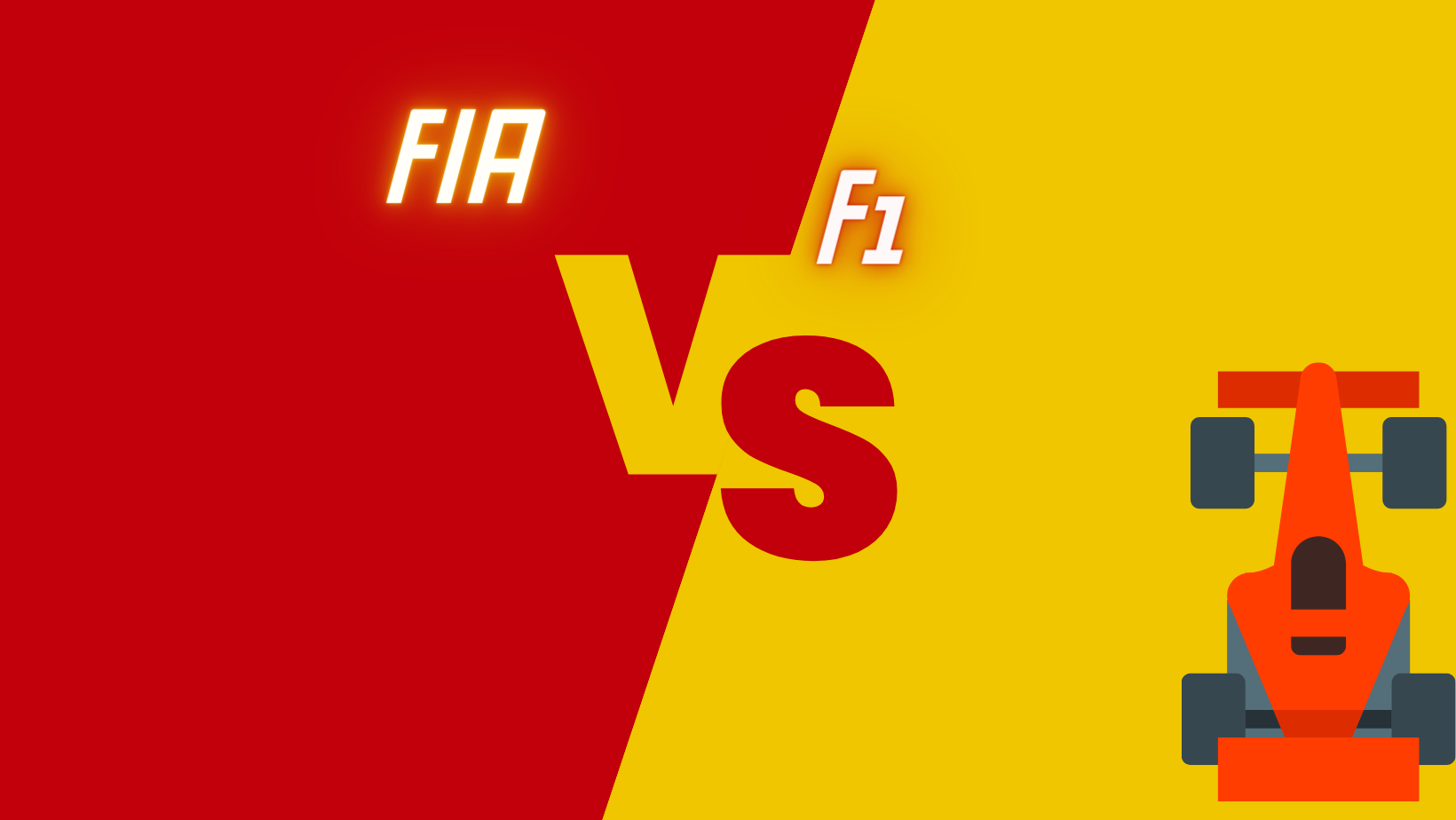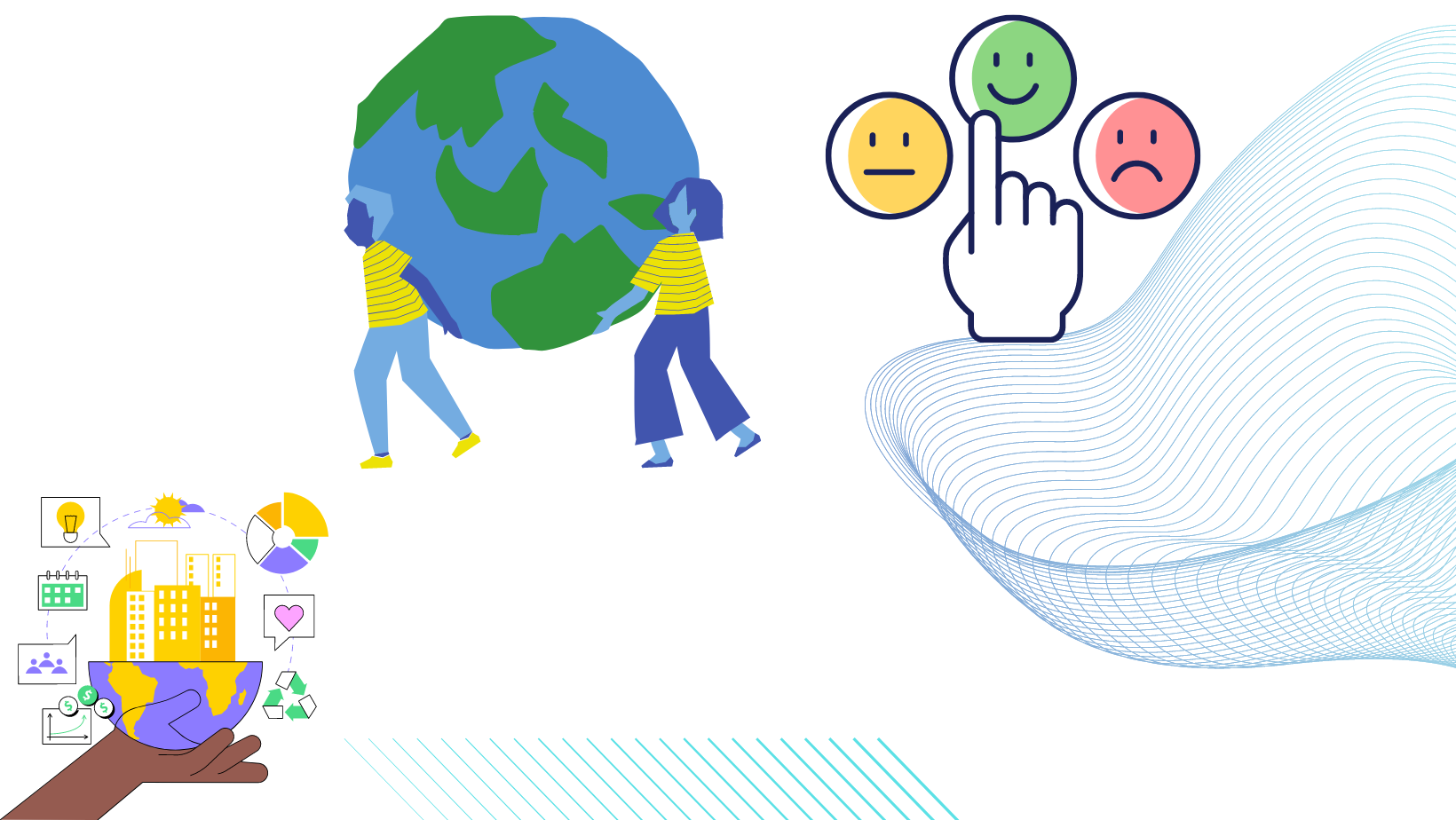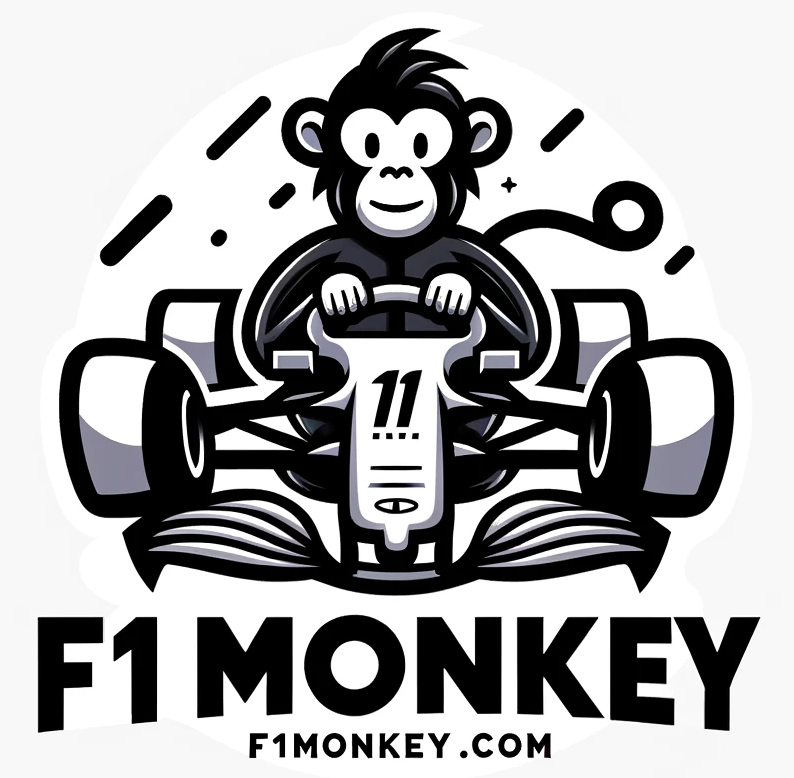The Relationship Between F1 and FIA

When I first started following Formula 1 racing, I was a bit confused about the roles of Formula 1 (F1) and the Fédération Internationale de l'Automobile (FIA). At the beginning, it's not always clear how these two organisations work together and what each of them does in the world of racing.
In this article, we'll look at the relationship between F1 and the FIA, explaining their different jobs and how they work together to make Formula 1 one of the most exciting sports in the world. This is for anyone who loves F1 racing, whether you've been a fan for years or are just starting to get into it.
Who is Liberty Media?
Before diving into F1 vs FIA, let's have a quick look at who is liberty media in the F1 context. Liberty Media is a big company that deals with various media, communications, and entertainment businesses. In 2017, they bought Formula 1. This was a big deal because it changed how Formula 1 is run and marketed.
Since they took over, Liberty Media has been in charge of the business side of Formula 1. This means they handle things like how the races are shown on TV, finding sponsors, and promoting the sport to attract more fans. They're not involved in making the rules of the sport; that's the job of the FIA. Liberty Media's focus is more on growing Formula 1's popularity and making sure it makes money.
So, in simple terms, Liberty Media owns and manages the commercial aspects of Formula 1, making decisions that affect how the sport is presented and sold to the world. Now that we've covered Liberty Media, we can move on to discuss the roles of F1 and the FIA and how they differ.
Formula 1
Formula 1, often just called F1, is a top-tier international racing sport known for its fast cars, skilled drivers, and exciting races. It's the highest class of single-seater auto racing sanctioned by the Fédération Internationale de l'Automobile (FIA).
What makes F1 special is its combination of speed, technology, and competition. Teams like Mercedes, Red Bull Racing, and Ferrari compete in races all over the world. Each team designs and builds its own car, trying to make it the fastest and most efficient on the track.
F1 isn't just about the drivers racing on the track; it's also a massive global event that attracts millions of fans. Races, known as Grand Prix, take place in various countries, from city streets to specially built tracks. In short, F1 is the heart of the racing world, bringing together the best drivers, the most advanced cars, and exciting races that keep fans on the edge of their seats.
The current President and CEO of Formula 1 is Stefano Domenicali. He took on this role in January 2021, following his tenure as Chairman and CEO of Automobili Lamborghini. Domenicali brings a wealth of experience from the motoring industry to Formula 1, having had a successful career that includes significant time at Ferrari (former team principal). His leadership is pivotal in shaping the future direction and growth of Formula 1 racing.
FIA
The Fédération Internationale de l'Automobile, or FIA, is the organization that oversees many motor racing events, including Formula 1. It's like the referee and rule-maker for various motorsports around the world. The FIA sets the rules, ensures races are safe, and works to improve the sport in many ways, such as making cars more environmentally friendly.
The current President of the FIA is Mohammed Ben Sulayem. He started his term at the end of 2021. Ben Sulayem is known for his own racing career and has a lot of experience in motorsports. As president, he's responsible for leading the FIA, making sure the rules are fair, and focusing on the safety and growth of motorsports, including Formula 1.
So, while Formula 1 is all about the teams, drivers, and races, the FIA is the body that manages the rules and the overall direction of the sport. Together, they work to make sure the sport remains exciting and safe for everyone involved.
Roles and Responsibilities

Rule Making and Enforcement - The FIA sets and enforces rules and regulations in F1, covering technical specifications and racing conduct. Recent rule changes, like aerodynamic adjustments and budget caps, have significantly impacted the sport's competitive landscape.
Safety Initiatives - F1 and the FIA work together on safety measures. The introduction of the Halo, for instance, has been a critical step in driver safety, receiving positive feedback from drivers and fans alike for preventing serious injuries.
Technological Innovations - Both entities contribute to technological advancements. These innovations focus on enhancing car performance, improving safety features, and pushing towards more sustainable racing solutions.
Controversies and Conflicts - There have been several conflicts between F1 teams and the FIA, often revolving around regulation disputes, penalties, and race decisions. Such controversies highlight the ongoing challenges in balancing competitive fairness and regulatory oversight.
Global Impact and Future Directions - Together, F1 and the FIA have a significant global impact, promoting the sport worldwide. Their future plans include focusing on sustainability, expanding the sport's reach, and adapting to changing technologies and viewer preferences.





